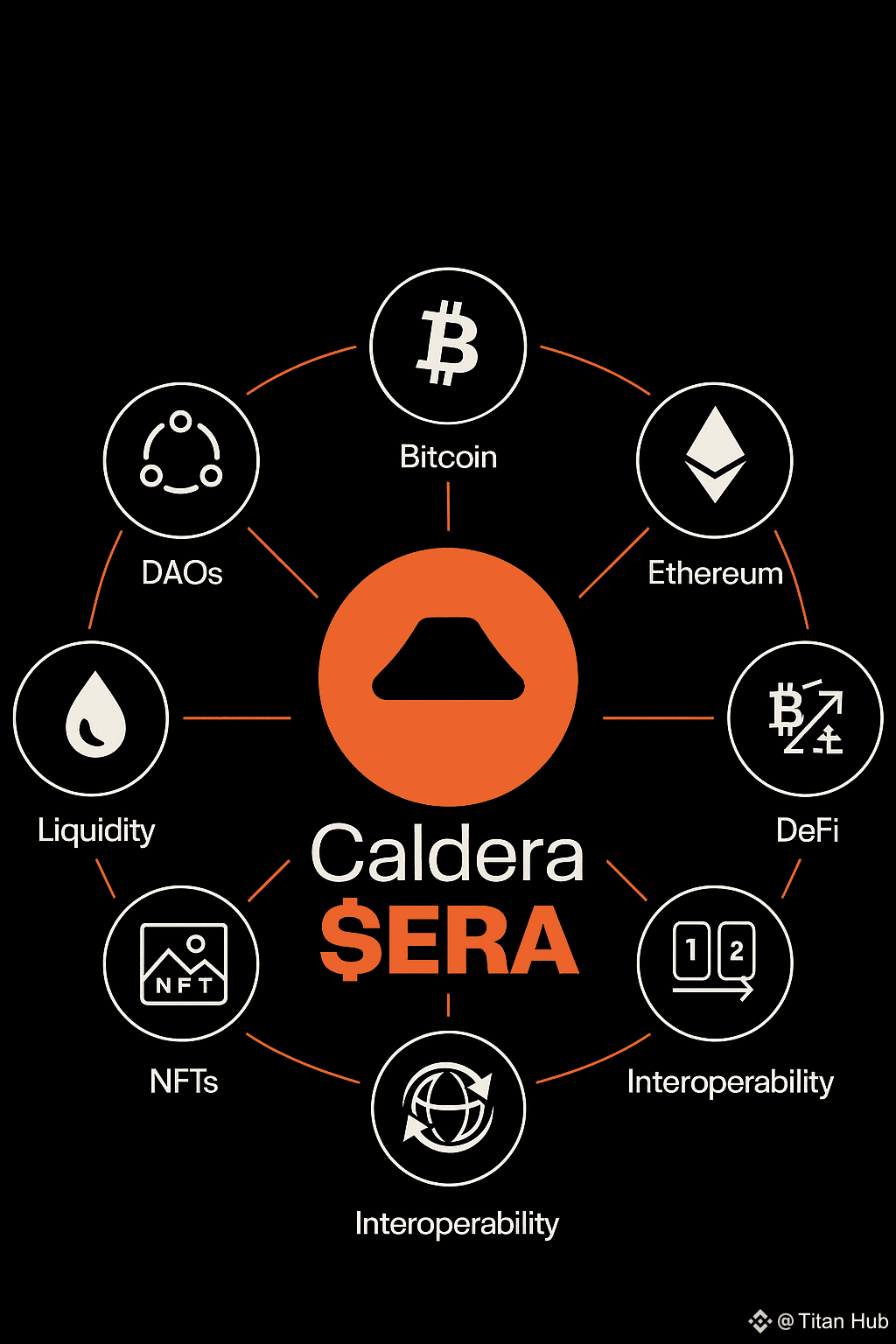Do you remember the first time you stepped into crypto? Back when Bitcoin opened the door to a new financial frontier and Ethereum made us dream with smart contracts? Suddenly, DAOs, DeFi, and NFTs were everywhere—we felt like pioneers on the edge of a digital revolution.
But as adoption surged, Ethereum’s limits became painfully clear. Congestion spiked, gas fees soared, and even the smallest transaction could cost more than it was worth. It felt like standing on a futuristic highway, able to see the destination but unable to move forward.
Layer 2s—Arbitrum, Optimism, zkSync—offered a lifeline. They scaled Ethereum, made transactions fast, and slashed fees. For a moment, it felt like the problem was solved. But soon, a new challenge emerged: fragmentation. Each Layer 2 became its own walled city. Assets stuck on one chain couldn’t move freely to another. Developers had to redeploy apps across multiple networks, draining time, money, and energy. Users were left juggling bridges and liquidity silos.
What Web3 needs isn’t more isolated city-states—it needs a connected continent.
That’s where Caldera takes a different path. Instead of competing to be yet another “superchain,” it positions itself as the road builder of Web3. Its vision starts with Rollup-as-a-Service (RaaS): a cloud-style solution that lets developers spin up custom rollups as easily as deploying a server. Whether you’re building a high-TPS game or a privacy-focused social app, you can launch your own purpose-built rollup—fast, efficient, and tailored.
But RaaS is just the beginning. The real breakthrough is Caldera’s Metalayer. If individual rollups are roads, the Metalayer is the super interchange that connects them all. With native interoperability, assets and data can move seamlessly between Caldera-powered rollups. Liquidity is unified. User experience is frictionless. Developers don’t have to worry about “which chain to build on”—because the ecosystem functions like one network.
Imagine this: you mine resources in a blockchain game, and those assets instantly appear on a DEX in another rollup for trading—no bridges, no delays. Just one smooth, integrated Web3.
This isn’t theory—it’s already happening. From blue-chip NFT communities to ambitious gaming projects, builders are adopting Caldera’s infrastructure to power the next wave of decentralized apps.
At the core of this system is the ERA token, the lifeblood of the network. It fuels operations, secures the ecosystem, and aligns incentives across participants. In other words, it’s the foundation of governance and trust in Caldera’s interconnected rollup economy.
Web3 doesn’t need more fragmentation. It needs connection. If you’re ready to move beyond the endless cycle of bridges and liquidity silos, it’s worth watching how @CalderaOfficial and $ERA are laying the invisible highways for a truly interoperable blockchain future.

